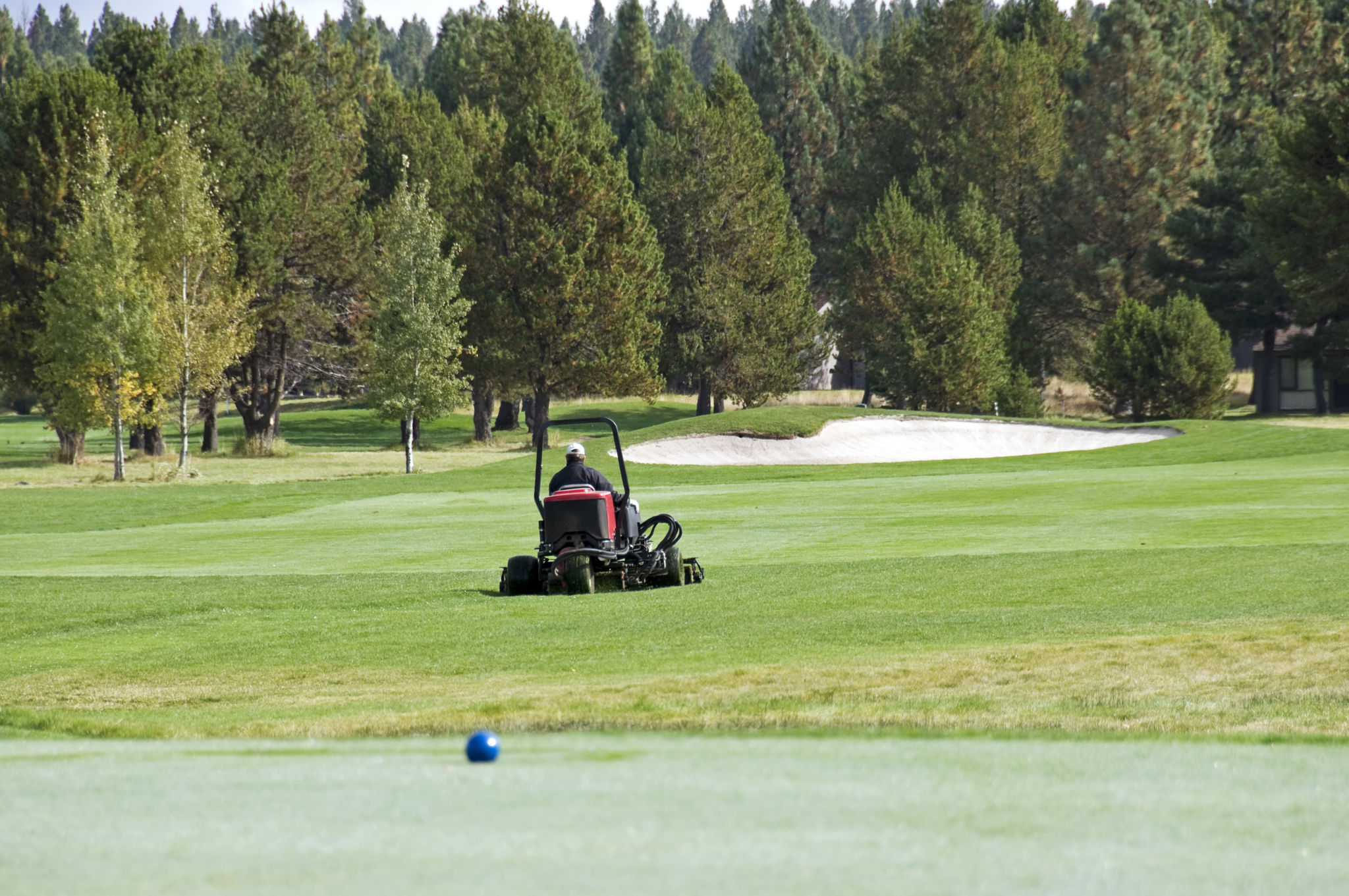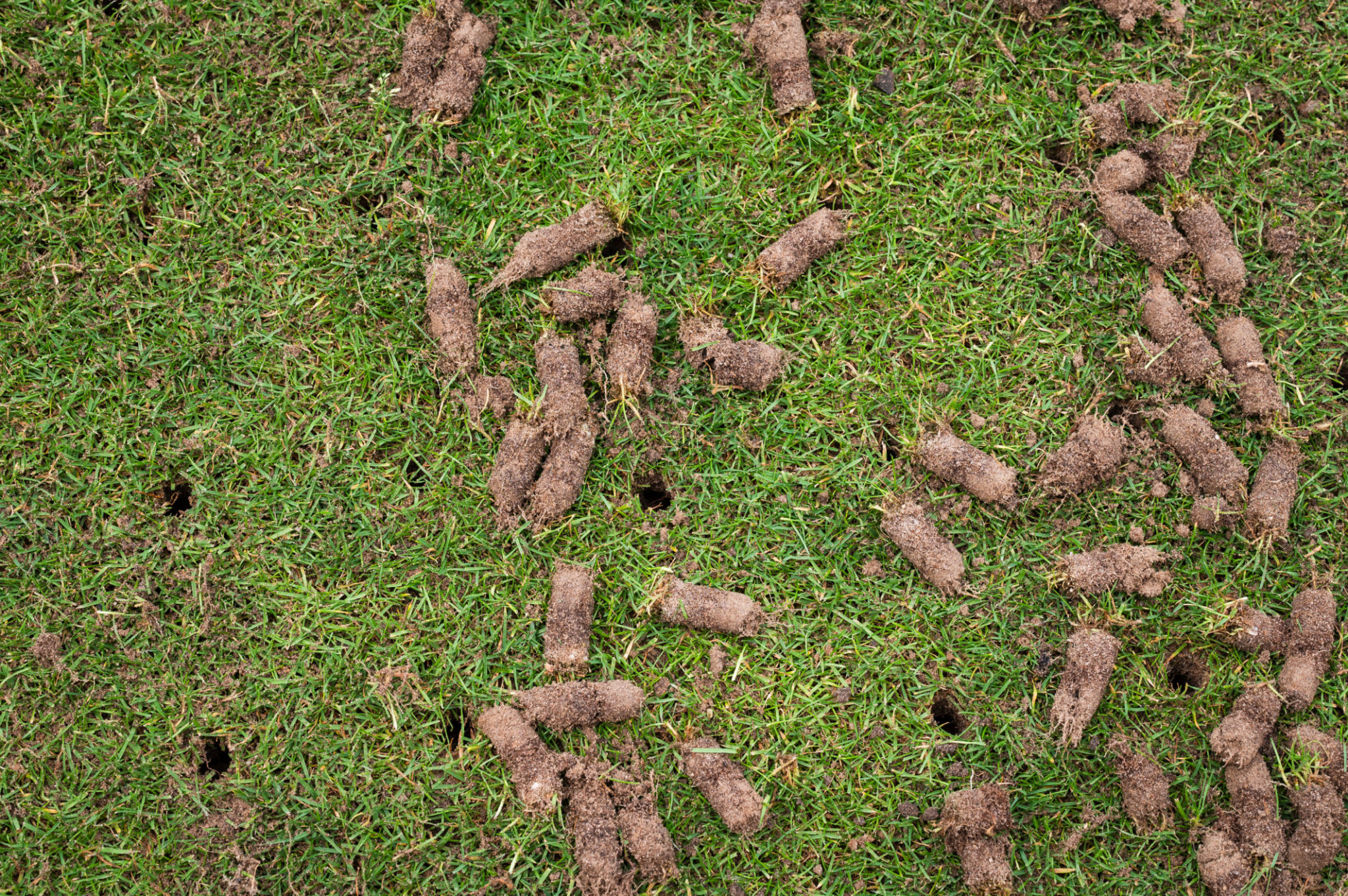How to Prepare Your Lawn for the Upcoming Season in Oregon
Understanding Oregon's Climate
Preparing your lawn in Oregon requires an understanding of the unique climate conditions. The Pacific Northwest is known for its wet winters and dry summers, which can influence how you care for your lawn. It's important to plan your lawn care activities to align with these seasonal changes to ensure a healthy and lush lawn throughout the year.

Spring Preparation
Clearing Debris
As winter ends, it's crucial to clear your lawn of debris such as fallen branches, leaves, and any other clutter that accumulated over the colder months. This not only improves the appearance of your lawn but also prevents pests and diseases from establishing themselves in the organic matter.
Aeration and Dethatching
Spring is an ideal time for aerating and dethatching your lawn. Aeration helps alleviate soil compaction, allowing air, water, and nutrients to reach the grass roots more effectively. Dethatching removes the layer of dead grass and roots that can suffocate your lawn. Both of these tasks are crucial for promoting healthy growth.

Fertilizing Your Lawn
Once you've prepared the ground, it's time to fertilize. Choose a fertilizer that matches your lawn's specific needs, which can vary depending on the grass type and soil condition. In Oregon, a nitrogen-rich fertilizer is often recommended to encourage strong growth. Apply it evenly across your lawn to ensure all areas receive adequate nutrients.
Watering Techniques
Proper watering is essential, especially as you transition from the wet spring into the drier summer months. Water deeply but infrequently to encourage deep root growth. Early morning is the best time to water your lawn, reducing evaporation and fungal growth risks. Adjust your watering schedule based on rainfall and temperatures to avoid overwatering.

Mowing Strategies
As your grass grows in the spring, regular mowing is necessary. Set your mower blades high to maintain a grass height that promotes root development and shades the soil, reducing water evaporation. Avoid cutting more than one-third of the grass height at a time to prevent stress on the plants.
Pest and Disease Control
With the onset of warmer weather, keep an eye out for pests and diseases that can affect your lawn's health. Regular inspections can help you catch problems early. Use organic or chemical treatments as necessary, being mindful of their impact on the environment and local ecosystem.

Planning for Summer
As you wrap up your spring preparations, start planning for summer maintenance tasks. Consider implementing drought-resistant strategies if you anticipate a particularly dry season. This might include planting drought-tolerant grass varieties or installing a drip irrigation system.
By following these steps, you can ensure your Oregon lawn is well-prepared for the upcoming season, resulting in a vibrant and healthy outdoor space that you can enjoy all year round.
